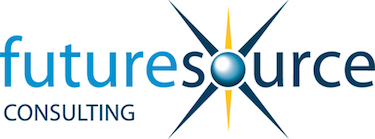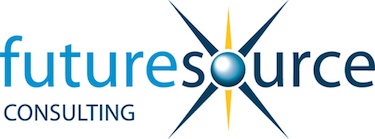
Interactive Flat Panels (IFPDs) have been a major success story in 2015. By Q4, 59-percent of all interactive display sales were IFPDs. The growth has been explosive from 18-percent in 2013, 33-percent in 2014 to 57-percent in 2015. This growth is forecast to continue up to 82-percent by 2020. The interactive whiteboard (IWB), the original technology, is in decline but combined the two technologies contributed to 1.5 million displays in 2015. (Interactive displays refers to Interactive Whiteboards and Interactive Flat Panels used in the Education and Corporate meeting room environments (does not include other applications such as digital signage).
The other focus area has been the interest in expanding interactive displays from the classroom to the meeting room. Numerous vendors produce interactive displays aimed at the boardroom, company meeting rooms and huddle spaces. At this years’s ISE exhibition, there was an abundance of examples of how the technology, which is currently in one in four classrooms, over 10 million across the world, can start to move into the corporate space. The argument has been, for many years that children are taught using advanced interactive display technology. However, when they venture out into the workplace they are faced with paper flipcharts and little interactive technology. The one in four classrooms with interactive displays compares with one in 50 meeting rooms, so the opportunity is enormous.
Futuresource expects growth of interactive displays into corporations to start this year backed by Microsoft, Samsung, Sharp, and SMART. These displays have innovative features such automatic switch-on when someone approaches.
While Microsoft is set to focus on the top end of the corporate and higher education markets, there are now IFPDs starting at$3,000 (£2,100) with feature-light alternatives to service SME customers.
Many displays have embedded PCs so they become stand-alone devices, such as the much-anticipated Microsoft Surface Hub that also integrates existing Microsoft platforms such as Office, Skype, and One Note. These products also combine simple video conferencing solutions such as Kickle's Skype for Business, a video based conferencing solution.
The capability of touch technologies built into IFPDs is changing with the introduction of solutions such as those from ShadowSense and Flat Frog. Projective Capacitive (PCAP) technology, often found in the mobile device industry, is also starting to appear; Microsoft's Surface Hub will have PCAP. Other manufacturers are expected to adopt the technology in the near future.
Schools are choosing larger screen sizes. In the UK and USA, the bestselling IFPD size is now 60-inches to 69-inces but the fastest growing is 70-inches to 79-inches which is an ideal size for most classrooms and accounts for one fifth of the UK school sales and one third of USA. At BETT, there were 18 vendors demonstrating 84-inches 4K interactive displays. 4K and multi-touch is now standard with most offering ten touch.
This 100+ page report examines the current state of interactive display market across 67 countries, exploring market segmentation, drivers and barriers as well as detailed five year forecasts.
